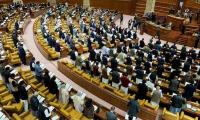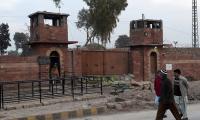It really does not matter if Pakistan’s forex reserves are at rock bottom and we barely have enough, even if we...
Cheap electric power could be the panacea for most of our financial problems. Cheap power will gradually reduce...
The Islamabad model jail will initially have a capacity for ab estimated 2000 inmates, with future provisions to...
We have over 10 million unemployed youth who must be equipped with the technical skills required for employment. This...
The current discussion on exporting excess sugar from Pakistan brings back memories of past challenges. Exporting too...
Pakistan has a growing population but not enough jobs are being created. This leads to many young people struggling to...







